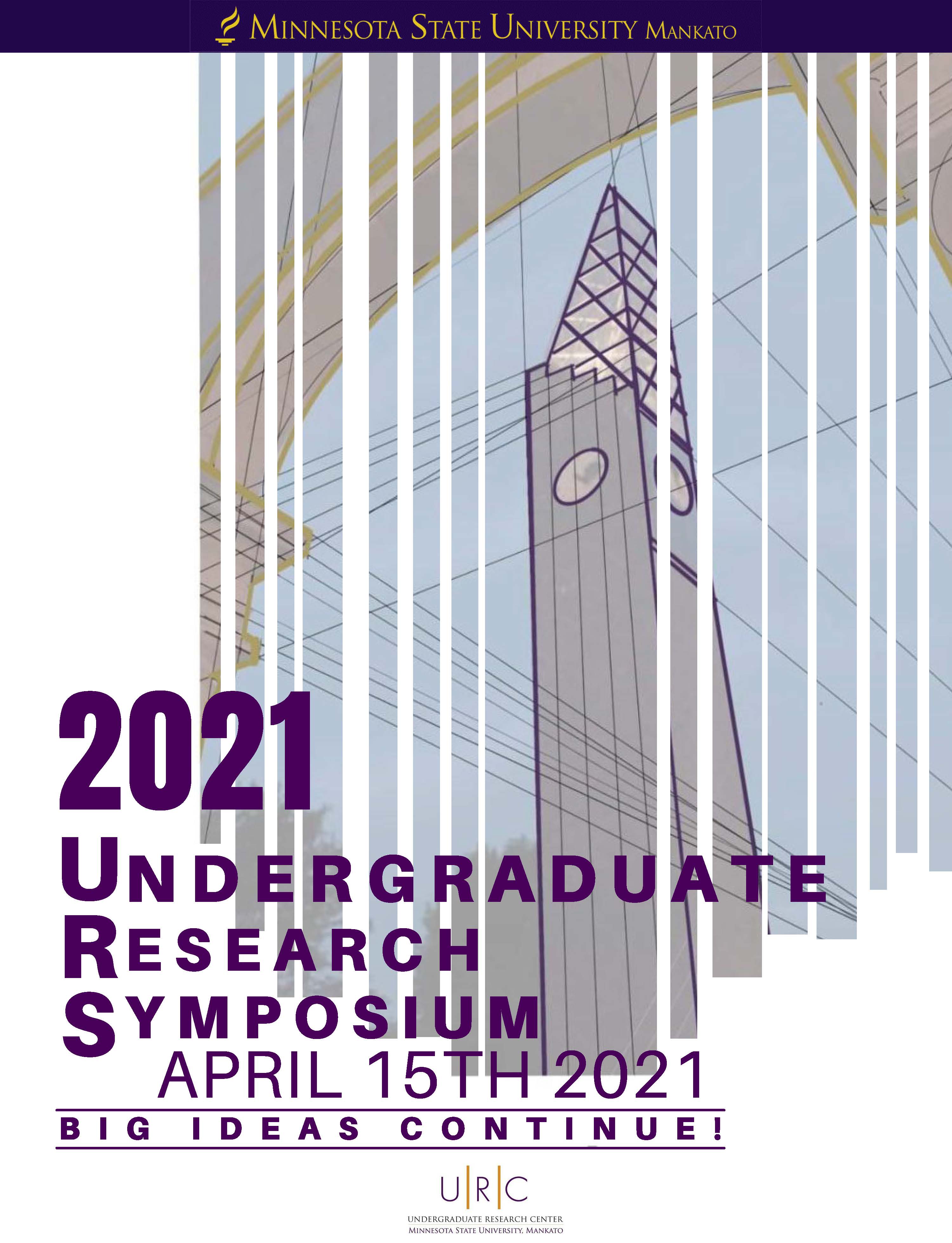Impact of Intake Air Charge Cooling from Upstream Auxiliary Fuel Nozzle
Start Date
15-4-2021 9:15 AM
End Date
15-4-2021 9:30 AM
Student's Major
Automotive and Manufacturing Engineering Technology
Student's College
Science, Engineering and Technology
Mentor's Name
Matthew Simones
Mentor's Department
Automotive and Manufacturing Engineering Technology
Mentor's College
Science, Engineering and Technology
Description
The cooling effects of the intake air charge of a turbocharged engine based on upstream (secondary) low volume fuel injection were explored. The enthalpy of vaporization of the fuel causes energy in the form of heat to be absorbed from the air charge it is being injected into. Power output of an internal combustion engine is directly affected by the density of the air charge entering the combustion chamber on the intake stroke, and by cooling this charge its density is increased. Turbocharged engines generally produce much higher intake air temperatures due to the compression of the intake charge. Besides lower volumetric efficiency, this can also cause accelerated engine wear and/or catastrophic engine failure from abnormal combustion if left unchecked. By cooling the air charge, engine reliability, power, and efficiency can all be increased. However, over saturation of the intake air prior to flowing into the combustion chamber causes air (oxygen) to be displaced by liquid-phase fuel and can have a negative effect on engine power. Therefore, the focus of the research was to find the minimum amount of fuel required to maximize the cooling effect of upstream fuel injection. In this work, air charge temperature was measured before and after upstream injection while monitoring engine power output on a chassis dynamometer. After repeated power pulls on the dynamometer with varying amounts of upstream injection, the results were plotted against a baseline test without upstream injection. These results were then used to develop a secondary injection fuel map for the engine control unit in order to optimize the fuel injection required as a function of engine speed.
Impact of Intake Air Charge Cooling from Upstream Auxiliary Fuel Nozzle
The cooling effects of the intake air charge of a turbocharged engine based on upstream (secondary) low volume fuel injection were explored. The enthalpy of vaporization of the fuel causes energy in the form of heat to be absorbed from the air charge it is being injected into. Power output of an internal combustion engine is directly affected by the density of the air charge entering the combustion chamber on the intake stroke, and by cooling this charge its density is increased. Turbocharged engines generally produce much higher intake air temperatures due to the compression of the intake charge. Besides lower volumetric efficiency, this can also cause accelerated engine wear and/or catastrophic engine failure from abnormal combustion if left unchecked. By cooling the air charge, engine reliability, power, and efficiency can all be increased. However, over saturation of the intake air prior to flowing into the combustion chamber causes air (oxygen) to be displaced by liquid-phase fuel and can have a negative effect on engine power. Therefore, the focus of the research was to find the minimum amount of fuel required to maximize the cooling effect of upstream fuel injection. In this work, air charge temperature was measured before and after upstream injection while monitoring engine power output on a chassis dynamometer. After repeated power pulls on the dynamometer with varying amounts of upstream injection, the results were plotted against a baseline test without upstream injection. These results were then used to develop a secondary injection fuel map for the engine control unit in order to optimize the fuel injection required as a function of engine speed.



